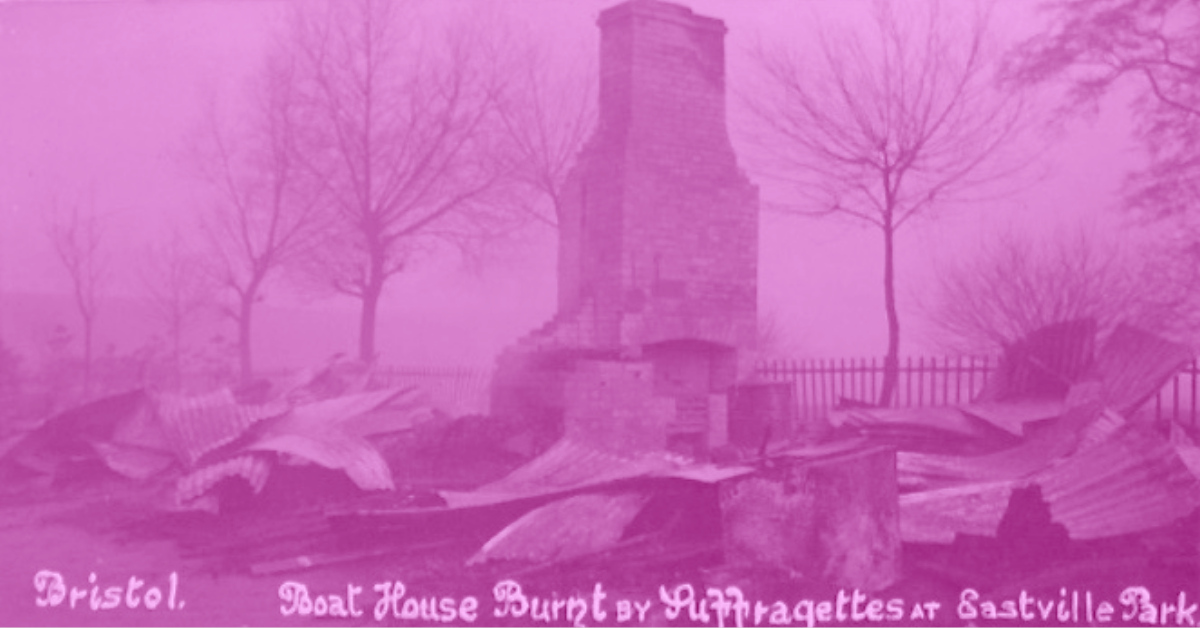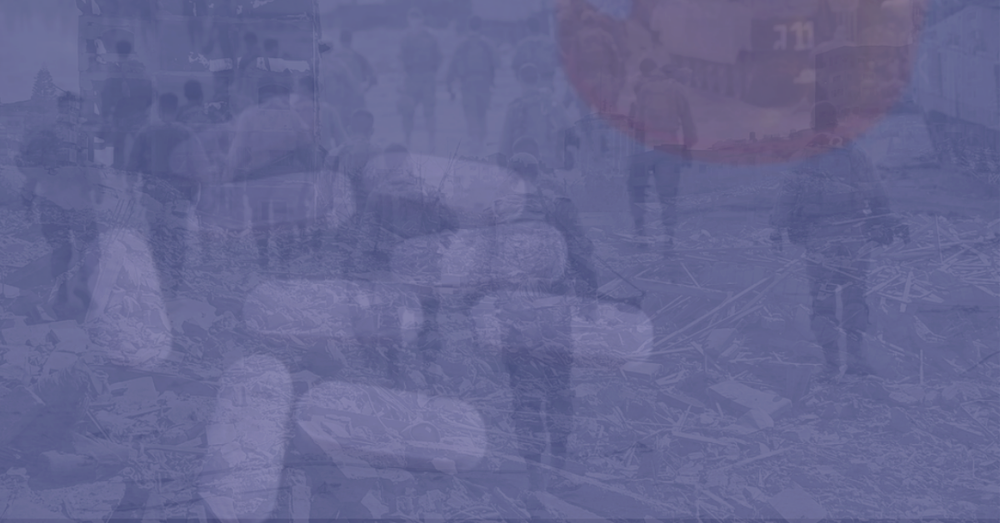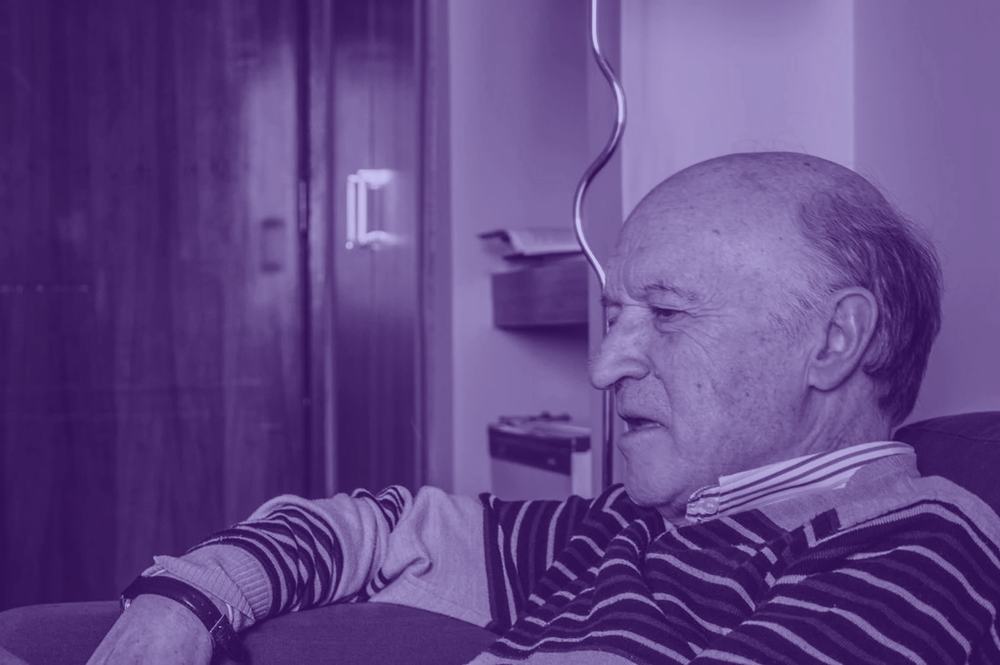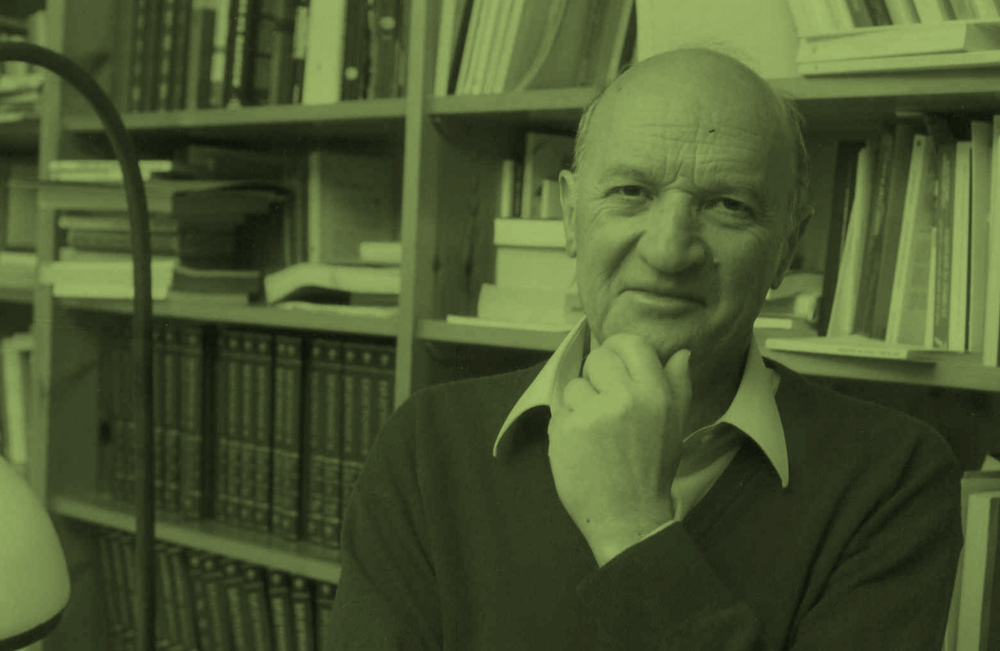In October of 1905, Christabel Pankhurst spent her first night in prison. She had been sentenced to a week in custody for spitting on a police officer after she was forcibly removed from a Liberal Party meeting in Manchester. Christabel and her comrade and lover Annie Kenney had disrupted the meeting with an unfurled banner and a simple question for Winston Churchill: ‘Will the Liberal government give votes to women’? When their question was not answered they continued to loudly disrupt the meeting until they were dragged out by officers. Christabel later asserted that she had spat on the officer with the express intent of getting arrested, and both her and Annie refused bail.[1]
While this incident was far from what we might now describe as ‘terrorism’, it marked the beginning of a new era of militancy for the suffragette movement. Annie Kenney was arrested again the next year for going to Chancellor of the Exchequer Herbert Asquith’s home in hopes of gaining an audience to discuss women’s suffrage, and again following a protest outside the House of Commons. Both Kenney and Christabel Pankhurst took up leadership positions in the newly formed Women’s Social and Political Union and were devoting their efforts to the suffrage cause full time. The years between 1905 and 1911 were characterised by mounting public protest tinged with occasional acts of violence against government officials who they viewed as enemies, such as a 1909 incident where suffragette Theresa Garnett attacked Winston Churchill with a dog whip as he arrived in Bristol station.[2] Suffragettes did face trouble with the law for protesting or window smashing with some regularity, but the acts of explicit violence were sporadic and exclusively targeted government officials or their property. In 1912, however, the tactics began to change.
Christabel Pankhurst and her mother Emmeline were increasingly frustrated with the government’s lack of action, and with its mounting aggression towards suffrage protestors. Women were treated violently in prison and often subjected to force-feeding in response to their hunger strikes. The government continued to ignore their cause, and progress was all but nonexistent. It was under this basis that Christabel Pankhurst declared her intention towards a suffragette Reign of Terror.[3]
This Reign of Terror began a phase of violent militancy amongst the suffragettes, something much closer to what many would today call terrorism. This may come as a surprise to those who are only familiar with the sanitised liberal portrayal of the suffragettes: women in tricolour sashes and big hats marching on Trafalgar Square with placards in the air. The liberal memory of suffragettes insists on respectability politics. Liberals airbrush the image of the suffragettes, rendering them a political movement worthy of naming a London Overground line after. Those who were disruptive are only permissible if they are tragic figures, as in the case of famous suffragette Emily Wilding Davison who was killed by King George V’s racehorse as she attempted to disrupt a race. So much focus is placed on this noble martyrdom that it is easy to forget she was a pioneer in the tactic of lighting postboxes on fire and was imprisoned on nine separate occasions. Wilding Davison was not a gentle martyr but a violent revolutionary, dead set on achieving votes for women by any means necessary. She was willing to die for the cause, but she was also willing to attack. It is difficult to square the liberal notion of suffragettes as respectable ladies sewing banners with the reality of women who actively encouraged violence, destruction, and yes, terror.
Following Christabel’s declaration of this Reign of Terror, Emmeline delivered a pivotal speech to a WSPU meeting in November of 1912, shortly after her arrest alongside 150 other women for a mass shop window smashing campaign in central London. The speech demonstrated a shifting target in their militancy. No longer were government officials the sole targets of their terror. Emmeline felt that everyone who kept the government in power was also responsible and worthy of their wrath, saying ‘So long as you keep in office an anti-suffrage Government, you are parties to their guilt, and from henceforth we offer you the same opposition which we give to the people whom you are keeping in power with your support.’ She went on to incite her followers to escalate their militancy, invoking the contemporary tradition of Irish struggle and the memory of the Chartists and Luddites from centuries past.
Be militant each in your own way. Those of you who can express your militancy by going to the House of Commons and refusing to leave without satisfaction, as we did in the early days—do so. Those of you who can express militancy by facing party mobs at Cabinet Ministers' meetings, when you remind them of their falseness to principle—do so. Those of you who can express your militancy by joining us in our anti-Government by-election policy—do so. Those of you who can break windows—break them. Those of you who can still further attack the secret idol of property, so as to make the Government realize that property is as greatly endangered by women's suffrage as it was by the Chartists of old—do so.[4]
Over the next year, The Suffragette magazine would claim responsibility for over 200 incidents. The majority of these were arson attacks and letter bombs or other attacks via the postal service. The WSPU are widely credited with having invented letter bombing. While the bombs were usually meant for the recipient, they were scrappy DIY contraptions that would often blow up in post boxes or on trains en route to the receiver, creating a general atmosphere of fear and terror throughout the postal service. Notably The Suffragette would not claim responsibility for attacks that seriously injured a person, even when they were quite evidently the actions of suffragettes.[5] Perhaps they were aware that this would damage the reputation of their cause and turn the public against them.
As the WSPU’s militancy reached a fever pitch, the government began to fight back. On May 2nd, 1913, the WSPU headquarters were raided and the police arrested several leading figures, as well as confiscating the materials for printing The Suffragette. While reeling from this setback, remaining members managed to find a sympathetic printing house willing to publish a truncated version of their latest issue. The WSPU then sent a copy of the paper to the Home Office with a note that read,
‘In spite of being RAIDED! We openly publish our paper and defy you and your so called English government, whom are [not fit] to hold the [title] of [men]. Please show this to all your colleagues with the compliments of the WSP Union [who will] never be suppressed or [subject] to slavery. Free speech is not allowed but public opinion cannot be squashed by the police.’[6]
The police arrested Sidney Granville Drew for his assistance in printing this edition, and would go on to arrest many more printers, including the National Labor Press. Even those who did not support the WSPU’s techniques supported The Suffragette in protest against press censorship. The more moderate suffragette publications released statements of solidarity with the WSPU, all united against this government repression. This period in 1913 would however be the peak of suffragette militancy, as their resources would later be depleted as leading WSPU figures were either arrested or fled the country, leading to fewer attacks. This decrease in militant activity continued until it ceased completely at the outbreak of the First World War.
There is much debate over how successful the militant tactics of the suffragette movement were. In her paper An Examination of Suffragette Violence, C.J. Bearman argues that such tactics were unsuccessful, as there was neither a wide-enough base of militant activists nor did they cause great enough economic damage to be of much concern to either the government or insurance companies.[7] However, Bearman does also note that the militant campaign probably was beneficial in terms of bringing the suffragettes' cause to public attention, which certainly appears true from news reports at the time.
Their campaign was abruptly truncated by the outbreak of war in 1914. The WSPU agreed to cease their militant activities and throw their members' energy into supporting the war campaign. It is impossible to say whether the mounting pressure of their militancy would have proved pivotal had it not been interrupted by the war. Some historians have theorised that politicians eagerness to avoid a return to suffragette militancy after the war ended may have contributed to passing the 1918 Representation of People Act.[8] Others see it as a plainly ineffectual campaign that damaged the suffrage cause.
Whether they were effective or not, it seems clear that the actions of the WSPU were, by our contemporary definitions, terrorism. They violently attacked not just property, but also people. They built bombs, lit fires, and violently attacked members of government. They acted with the express aim of creating a general culture of fear throughout the country. In her paper An Examination of Suffragette Violence, C.J. Bearman writes,
‘Terrorism’ has become a difficult and emotive word to use because of its modern association with individual or mass murder. It is accepted in some feminist writing (and excused on the ground that the WSPU was fighting a ‘just war’) but denied or shied away from elsewhere, on various grounds including claims that the WSPU did not have control over its militants, or that there was no threat to human life.
These are interesting propositions, in that they highlight the way that ‘terrorism’ does not operate under one fixed definition through all of space and time. Is intentional killing necessary for something to be a terrorist act? Is centralised organisation and command inherent to being a terrorist organisation? Is terrorism even a useful framework in this historical context in a time before it was encoded in the law? It is a line that fluctuates throughout the twentieth century, though the definitions landed on in British law today would certainly categorise the actions of the WSPU as terrorist.
It is interesting then how these acts of terror figure in our cultural memory of the suffragettes. There is a statue of Emmeline Pankhurst in St Peter’s Square, Manchester. Christabel Pankhurst was also a candidate for a statue.[9] There is a public library in Islington called the ‘Cat and Mouse Library’, named in honour of the law that allowed suffragette prisoners on hunger strike to be temporarily released to regain health and then admitted back to prison. Many of those imprisoned suffragettes were in custody for arson and bombings, and yet we will happily name civic buildings in their honour.[10] There are even greeting cards for sale in the House of Commons depicting suffragettes chaining themselves to railings in protest.
In March 2024, The BBC published an article called ‘In History: Suffragettes speak about direct action and their brutal treatment’. The direct action they are referring to was multiple cases of arson.[11] Two months later, the BBC published an article detailing the government’s plans to ban ‘extreme’ activist groups such as Just Stop Oil and Palestine Action (Palestine Action has since been proscribed as a terrorist group).[12] These groups were both engaged in similar actions to the suffragettes in the years before Christabel Pankhurst’s Reign of Terror, smashing windows and vandalising artworks and property belonging to their political targets. There is little doubt that the suffragettes today would be subject to similar treatment, especially after the passing of the 2022 Police, Crime, Sentencing and Courts Bill. This legislation was specifically introduced to target groups like Extinction Rebellion and Just Stop Oil.[13] When the bill was debated in the House of Lords, Labour peer Lord Hain invoked the suffragettes, arguing that:
If enacted in past generations, it would have throttled the suffragettes and blocked their ability to rattle Parliament’s cage to secure votes for women. It would have prevented antifascists stopping Mosley’s bullying, anti-Semitic blackshirts at Cable Street in the East End of London in 1936. It would have thwarted anti-apartheid protests that I led, in 1969 and 1970, which successfully stopped all white South African sports tours—a success which Nelson Mandela, then on Robben Island, hailed as a vital stepping stone in the ultimate defeat of apartheid. It would have prevented the Anti-Nazi League protests that stopped a resurgent and anti-Semitic, Islamophobic and fascist National Front in its tracks between 1977 and 1980, and in the early 1990s, similarly, the BNP. If Boris Johnson and Priti Patel want to be on the wrong side of history, the Bill is certainly the way to do it.[14]
His final note about the 2022 Conservative government being on the wrong side of history rings particularly true. Christabel Pankhurst has been absolved by history because universal suffrage is an (almost) universally accepted good. Because of our beliefs in what she fought for we are willing to look past her militant and violent methods. Nelson Mandela and the ANC were called terrorists until shockingly recently, yet now he is known as a symbol of peaceful resistance. Militant protestors against the Vietnam war and militant civil rights groups like the Black Panthers were vilified and condemned by their contemporary governments and press, but are now iconic cultural symbols of justice and moral right. They have become so culturally permissible that Beyoncé donned Black Panther attire for her 2016 Superbowl half time show. The 2021 film Judas and the Black Messiah, a tragic portrayal of Black Panther Fred Hampton’s betrayal by the FBI, was nominated for five academy awards. People who would have been vehemently against these radicals and activists at the time now venerate them through art. As the old maxim goes, a liberal is someone who opposes every war and supports every movement for justice except those happening right now.
Elizabeth Crawford, The Women's Suffrage Movement: A Reference Guide 1866-1928, 1999. ↩︎
“Winston Churchill struck with a dog whip”, The Guardian, 1909. ↩︎
Michelle Elizabeth Tusan, Women Making News: Gender and Journalism in Modern Britain, 2005. ↩︎
Emmeline Pankhurst, “I Incite This Meeting to Rebellion”, 1912. ↩︎
Jane L. Chapman, Gender, Citizenship and Newspapers: Historical and Transnational Perspectives, 2013. ↩︎
Ibid. ↩︎
CJ Bearman, “An Examination of Suffragette Violence”, The English Historical Review, 2005. ↩︎
Marcie Kligman, “The Effect of Militancy in the British Suffragette Movement”, Welsh Communists. ↩︎
WoManchester Statue Project, 2025. ↩︎
“Islington celebrates opening of Cat and Mouse Library”, Islington Council, 2017. ↩︎
Lindsay Baker, “In History: Suffragettes speak about direct action and their brutal treatment”, BBC, 2024. ↩︎
Hary Farley, “‘Extreme’ protest groups face ban under proposal”, BBC, 2024. ↩︎
Fern Riddell, “Treating protesters like terrorists isn't new—just look at the suffragettes”, Prospect, 2022. ↩︎
Lord Hain, “Police, Crime, Sentencing and Courts Bill. Volume 817: debated on Monday 17 January 2022”, Hansard, 2022. ↩︎








